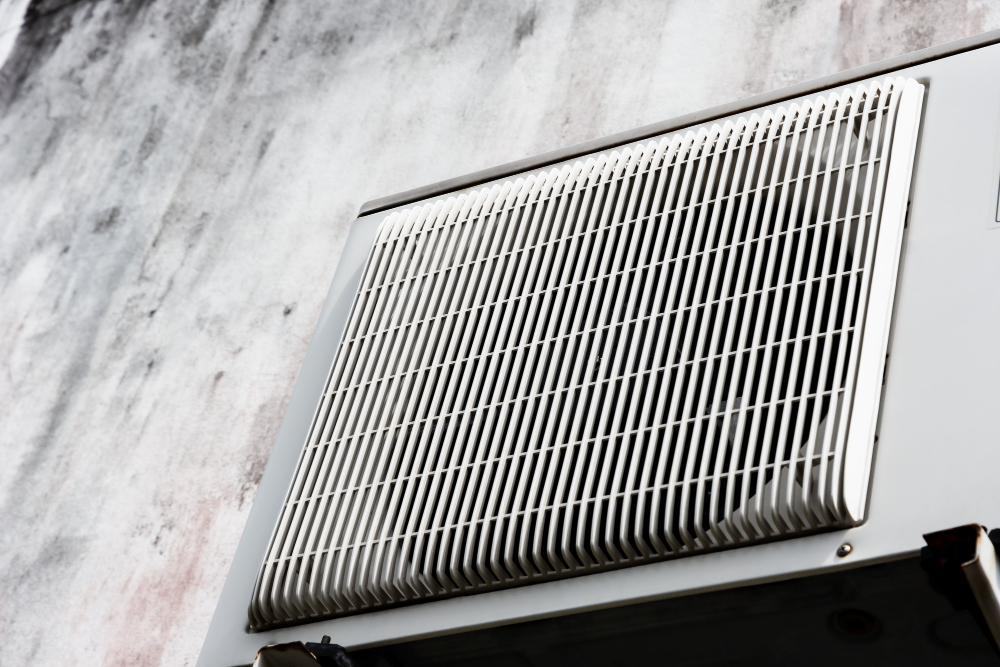You naturally want clean air in your home. However, levels of indoor air pollutants can be 2-5 times higher than outdoor levels. If you or someone in your family has allergies or asthma, a home filled with airborne particles like dust, dander, mold, or pollen allergens can be a real problem. In addition to regular cleaning and adequate ventilation, using an air purifier can help make your home as allergen-free as possible.
A common air purifier used to control levels of airborne particles is the electrostatic air filter unit, which creates electric fields to trap particles. Electrostatic air purifiers promise to attract dust and other particles from the air with a clever electromagnetism trick. They can be used in portable air purifiers or installed in the ductwork of home HVAC systems.
Electrostatic air filters, also known as washable filters or reusable filters, are placed over a furnace. Typically replaces a pleated filter. The main purpose of any filter is to clean dirty, outside air that is forced into your home.

Electrostatic air filters distinguish themselves from pleated filters by using electricity to capture dust, pollen, and other airborne particles before they enter your home. These filters are used for both heating and cooling.
Electrostatic air filter units remove most particles of a certain size from the air, depending on the right conditions. However, it is important to weigh the benefits and drawbacks to decide whether an electrostatic filter is right for you.
Some of the benefits include:
They may seem complicated, but the real science behind electrostatic air purifiers is intuitive. Electrostatic air filters ideally work like magnets for dust and other particles floating in the air.
Consider how the positive and negative sides of magnets attract each other. This principle applies to airborne particles and plates within the air purifier. If particles passing through a filter are given an electric charge and you place several oppositely charged plates next to them, the particles will be attracted to the plates and stick to them. Ideally, many of the particles floating around your home will be trapped inside the device and the indoor allergen problem can be reduced.
By the way, the same principle of electrostatic attraction is what causes your hair to lift up when you rub a balloon against your head in dry weather. The balloon strips electrons from your hair, giving the balloon a negative charge and your hair a positive charge. Your hair, which has very little mass, is then pulled towards the balloon and becomes erect.
You may be looking for the "electrostatic air filter" type, which is a reusable filter media. These are filter panels whose fibers are made of electrostatically charged material. This is a reference to the filter media and is separate from the category of electronic air purifiers that use an external power source.
Unlike "pleated" filters such as HEPA filters, electrostatically charged filters are considered "flat" filters. The difference is that if the fibers are electrostatically charged, particles that come into contact with the fibers can be attracted and stick to the filter rather than being trapped inside the fibers (as in a HEPA filter).
An electrostatically charged panel filter typically installs directly into your HVAC system and is made of coarse fibers. Dust and other particulate contaminants that pass through the filter in your home can be attracted to the fibers and stick to them.
It is very important to clean these washable filters monthly. If you follow the cleaning steps you will avoid any sudden malfunctions.
Drying Time: Most filters take 15 – 30 minutes to dry.
The first step to reducing allergen levels in your home is regular, thorough cleaning and adequate ventilation to remove large particles settling on surfaces. Then, if your symptoms persist, it's a good idea to look for an air purifier that can effectively remove particle pollution.
During our research process, we discovered that this is a matter of personal preference. If you want to spend less money and clean the filter cells yourself, your answer will be completely different from a person who does not want to clean the filter himself. So “is the electrostatic air filter better” is the wrong question, the correct question is “is the electrostatic air filter better for YOU and YOUR HOME?” It will happen.
If you are not sure about making the most appropriate decision for your situation, ERF Group will give you the safest support in this regard. ERF Group has extensive knowledge of all the different types of filters and will help you choose the one that is best for you.